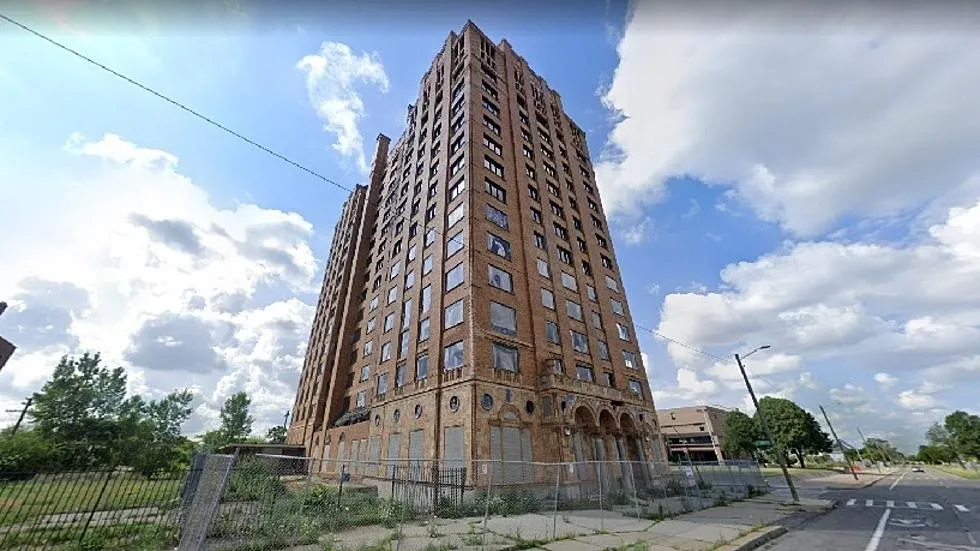Detroit, renowned for its industrial heritage and unwavering resilience, harbors numerous architectural marvels that narrate the narratives of its past glory. Among these treasures stands Lee Plaza, a historic edifice bearing witness to Detroit’s rich tapestry of history. It transitions from being a towering emblem of affluence to an emblem of the city’s decline.

Erected in 1929, Lee Plaza originally envisioned itself as an upscale residential hotel tailored to the burgeoning elite of the city. Crafted by the skilled hands of esteemed architect Charles Noble, the structure showcases a distinctive Art Deco design, epitomizing the splendor and extravagance of the Roaring Twenties.

Ralph T. Lee’s ascent from earning a modest $1.50 daily wage at a furniture store to amassing a fortune exceeding $6 million before the onset of the Great Depression is a testament to his astute ventures in real estate. Adjusted for inflation, his wealth would equate to an astonishing $75 million in today’s terms.
In October 1919, Lee made a pivotal career shift, departing from his role as an engraver at the J.B. Van Alstyne Engraving Co. with its $50 weekly salary to delve into the realm of real estate and embark on constructing apartment buildings in Detroit. Demonstrating a natural flair for the trade, he swiftly rose to prominence as one of the city’s most renowned builders.
Lee’s allure extended beyond his business acumen; his fifth-floor office in the General Motors Building, now known as Cadillac Place, served as a showcase of sophistication. Adorned with plush rugs, draped tapestries, and stately furnishings, it exuded an air of opulence. Seated behind a grand mahogany desk of remarkable proportions, Lee commanded attention and admiration from clients and observers alike, as documented by the Detroit News in February 1927.

Over time, Lee Plaza has witnessed numerous metamorphoses, mirroring the ebbs and flows of Detroit’s own narrative. Evolving from its pinnacle as a symbol of luxury and opulence to enduring a phase of neglect and abandonment, the structure has echoed the shifting fortunes of the city itself.
“I’m always aware that I should be continuously erecting more structures and enhancing existing ones,” remarked Lee in an interview with the Free Press in November 1927.


And build better he certainly did. Ralph T. Lee embarked on his most ambitious project in 1927, aiming to transplant a slice of Manhattan’s allure to the Motor City. During his inaugural visit to New York, Lee encountered a plethora of marvels, but it was the towering apartment buildings adorning Fifth Avenue above Fifty-ninth street that left an indelible mark on his memory.
According to an article in the Detroit News dated April 17, 1927, Lee was captivated by the grandeur of these structures and conceived a bold vision. He harbored the aspiration of one day constructing and owning a similarly magnificent apartment building in his hometown of Detroit.

As we delve into the history of Lee Plaza, it transcends its physical state of abandonment, emerging as a poignant emblem of Detroit’s capacity for renewal. The saga of Lee Plaza intertwines with the broader narrative of a city that confronts adversity head-on, persisting in its pursuit of a brighter tomorrow.

In essence, Lee Plaza epitomizes Detroit’s illustrious past and the indomitable spirit of its inhabitants. While the edifice may have weathered the ravages of time, its tale is far from concluded. As discussions surrounding its revitalization endure, there is an undeniable sense of anticipation for a rejuvenated chapter in Lee Plaza’s narrative. This prospect adds another layer to Detroit’s ongoing story of resurgence and regeneration.

